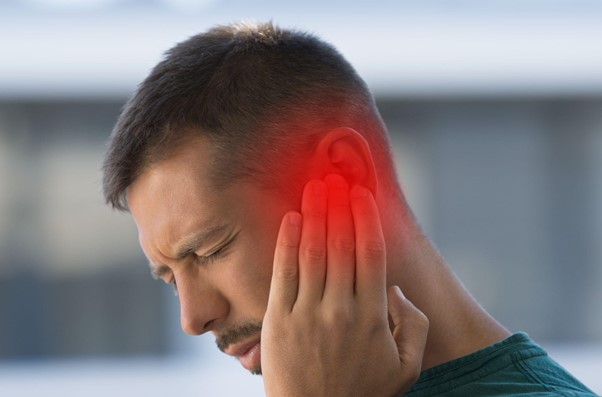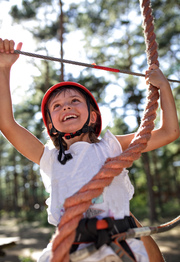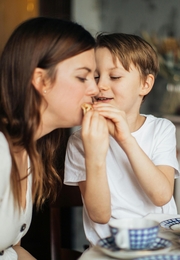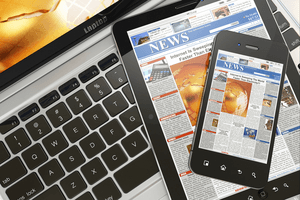What Oil Do You Put in Your Ear for an Earache?
Earaches are the worst. Whether they come with sharp intermittent pain or a dull throbbing sensation, an earache has the potential to derail your day, disrupt your sleep, or worse, lead to further health issues. While earaches can be painful, you don’t have to let them ruin your day and you don’t have to take medications to find the relief you deserve.
In fact, there are natural oil remedies that you can put in your ear to relieve the pain.
Read on to learn about what oil you put in your ear for an earache.
Five Oils You Can Put in Your Ear for an Earache
Several oils can help you manage ear pain. However, it’s important to use the best oils to ensure that you treat the pain properly. Plus, using the wrong oils can even make an earache worse or cause health problems. Learn about our top five picks for oil that can treat an earache below.
1. Tea Tree Oil
One of the best oils to put in your ear for an earache is tea tree oil. It has antibacterial, anti-inflammatory, and even antiparasitic properties. Tea tree oil is safe for use on your skin and even in your ear when you combine it with a thicker carrier oil like olive oil. It’s also one of the few oils that you can put directly in your ear, so it’s perfect for a deeper earache that you can’t relieve by treating the outside of your ear. To use tea tree oil effectively, use a dropper and place the mixture of tea tree oil and olive oil in your ear. Then, lay on your side for about three minutes.
2. Lavender Oil
Another great oil for an earache is lavender oil. This oil has anti-inflammatory properties and can be used on your skin to relieve pain and swelling. When it comes to earaches, you can use lavender oil on the external part of your ear to relieve pain. You can use the oil by running it into your skin outside the ear. To use the oil properly, we recommend adding a few drops of lavender oil to a warm water mixture. Then, rub it into the skin outside your ear.
3. Clove Bud
Clove bud oil is an at-home remedy that you can use to treat ear pain. It’s suitable for several types of earaches, and you can place it right in your ear. Some of the benefits that clove bud oil can offer include analgesic properties and anti-inflammatory properties. When using clove bud, make sure you combine it with a carrier oil like sesame oil. To maximize the benefits add a few drops of clove bud oil to sesame seed oil and bring it to a boil. From there, filter the oil and let it cool before adding it to your ear.
4. Oregano
Oregano isn’t just a seasoning. You can use this oil to treat pain in your ear thanks to its anti-inflammatory properties. The oil can be homemade, but you’re better off getting an essential oil blend that has the appropriate potency for earaches. What makes oregano unique to some other oils is that it can stop the spread of infections. Therefore, if you have an ear infection that’s causing pain, oregano is one of the best options to reduce pain.
5. Orange
Orange essential oil is great for removing wax from your ear. If you have a wax buildup in your ear that’s causing pain, a sweet oil like orange oil might do the trick. That said, you don’t want to put too much orange essential oil in your ear because it can irritate the ear. For this reason, you should dilute the oil before you put it in your ear. You can use water or a carrier like olive oil.

Get Essential Oils for an Earache Today!
Oils for an earache can be a great way to approach an ear infection, wax buildup, or earache holistically. While it might not give you the same results as some medications, the best oils for earaches come close and won’t have the nasty side effects that some anti-inflammatory medications might have.
When adding oil to your ear, we recommend using essential oils that have the appropriate mixture to avoid running into problems. In fact, you can find essential oil bundles for earaches that can help you with wax removal, ear infections, and general inflammation.
Related Reading
Learn about kid approved ear care to help keep little ears in top shape.









